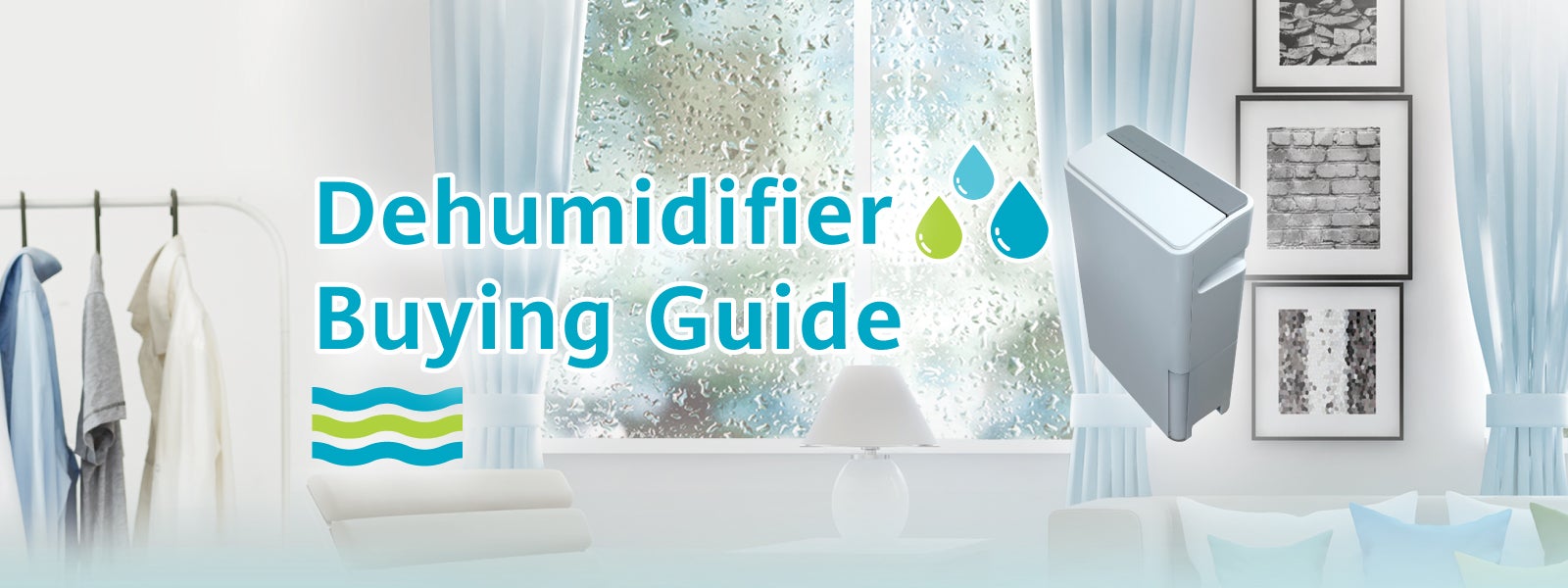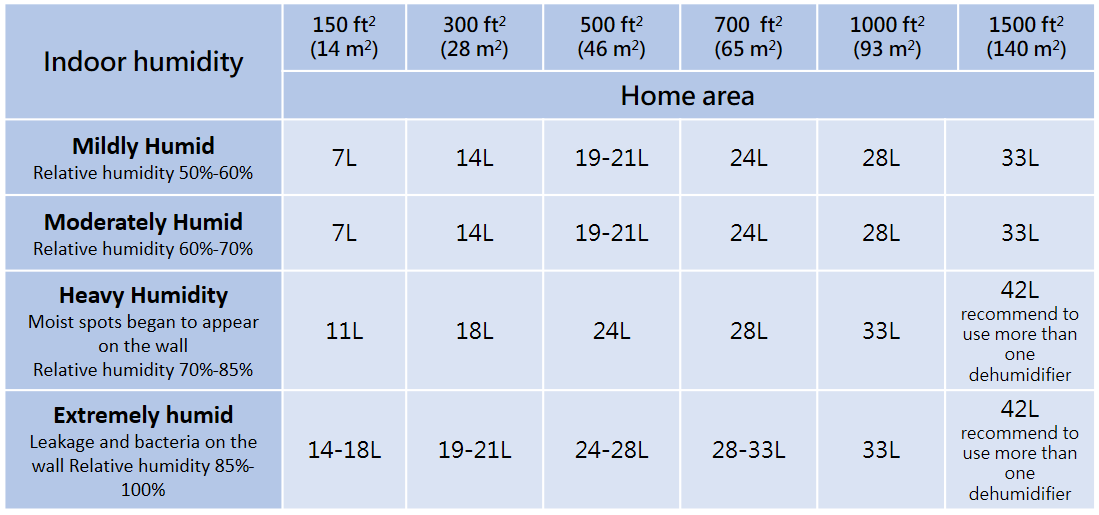Dehumidifier Buying Guide
Choose which delivery location serves you best, click Start Shopping
請選擇您的送貨地區及立即開始購物
Register now to enjoy Broadway member goodies
立即登記成為百老滙會員,即可享各項驚喜禮遇


The humid weather in Hong Kong is really troublesome. Walls are leaking and moldy. Furniture and electrical appliances are malfunctioning and damaged due to moisture.
Clothes are difficult to dry out. The accumulation of moisture can easily breed bacteria and produce peculiar smells. It is really a headache!
Therefore, Hong Kong families must have a powerful dehumidifier. There are many kinds of dehumidifiers on the market, so we will help you list the precautions, use and maintenance tips for buying a dehumidifier in one go!
Step 1: Calculate the amount of dehumidification you need
Users need to choose a suitable dehumidifier based on the home area and the microclimate of the living environment. For example, coastal areas, outlying islands, Tseung Kwan O, Tiu Keng Leng, Sai Kung and other places need dehumidifiers with high dehumidification. You can find out the required dehumidification amount according to the following table.


Step 2: Refer to the dehumidification capacity of the dehumidifier
There are usually two standards of daily dehumidification capacity on the dehumidifier, one is the test environment set by the manufacturer, and the other is the standard environment set by the Electrical and Mechanical Services Department.
- Manufacturer's usual environmental test: temperature 30℃, relative humidity 80%
- EMSD standard environmental test: temperature 26.7℃, relative humidity 60%
In fact, the test environment is different from the actual home temperature and relative humidity. The dehumidification capacity is only a reference number. Hence, user should compare the two figures of the same model when buying a dehumidifier for a more objective comparison.
Step 3: Choose the capacity you need
The general dehumidifier collection tank has a capacity more than 3 liters for 4 hours or more of use. If you want to avoid the trouble of pouring water frequently, you can choose a high-capacity dehumidifier. However, it is generally the larger the capacity, the larger the volume of the dehumidifier. You had better to select the models equipped with casters and handles for easy mobile use. In addition, some dehumidifiers can be connected to the water pipe, which can drain water continuously during operation, which is convenient for long-term use of dehumidifier.
Step 4: Choose the first-level energy efficiency
Besides the amount of dehumidification and power consumption, the energy label also indicates the energy efficiency of the dehumidifier, which is divided into levels 1 to 5. The energy efficiency level 1 is the most "energy saving".
Step 5: Types of dehumidifiers and air purification functions
According to a report from the Consumer Council, the dehumidification performance of compression and hybrid dehumidifiers is more susceptible to temperature and humidity, while the performance of hot stone dehumidifiers is more stable. Hence, hot stone dehumidifier is more suitable for the user used throughout the year. Other dehumidifiers are equipped with air purification function, but the filter needs to be replaced regularly.


- When using a dehumidifier, you should close the doors and windows to prevent outdoor moisture from entering the room and affecting the dehumidification effect.
- Make good use of the scheduled shutdown function of the dehumidifier to avoid excessively long startup time or forgetting to shut down.
- Some dehumidifier models are equipped with a humidity control function, which can automatically turn on or off according to the indoor humidity to avoid too dry indoors and save electricity.
- When placing the dehumidifier, you must reserve space for heat dissipation. The air outlet, suction vent and humidity sensor cannot be blocked, which will help improve performance.
- The dehumidifier should be placed upright in a stable place to avoid placing it on its side to cause malfunctions or cause water accumulation in the water tank to leak.
- Do not put wet clothes on the dehumidifier, so as to avoid the water droplets on the clothes on the dehumidifier and cause danger.
- Clean the water collection tank and dust filter of the dehumidifier regularly to avoid bacterial growth and dust accumulation that hinder the normal operation of the dehumidifier.
- If the dehumidifier is not used for a long time, it is recommended to empty the water in the water tank and cover it with a plastic bag for storage to prevent dust from falling into the machine.
Source: Consumer Council (2020). [Three Magic Weapons of Dehumidification and Mildew]-Dehumidifier







